Dolce & Gabbana: The Story Behind This Power Fashion Maison
- 11th Aug 2020
- 3287
- 0

Despite being a fairly new addition to the Luxury Fashion Houses, Dolce & Gabbana made such a monumental debut in the mid 1980s which became a precedent of everything they had to offer to this industry. Their collections often include an infusion of Italian culture which resonates with fashion lovers all over the globe.
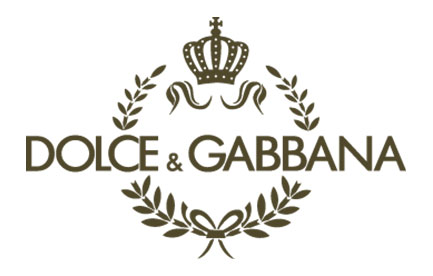
Coming from different parts of Italy, Domenico Dolce and Stefano Gabbana met in 1980 in Milan. They worked together as assistant designers and would often collaborate on ideas and create designs together. Very soon established their own fashion consultancy studio (1982). This soon grew on to become the ‘Dolce & Gabbana’ we know of today.

In 1985, they presented their first collection called “Real Women”-an accurate reflection of their work, and opened doors to their store a year later. By their 4th collection the House had become the talk of the town. Their collections was inspired by real women, along with Dolce’s Italian heritage. Theirs comes in the form of Italian cinema in the 1940s and 50s, which is something that has stayed with them through history. By their 4th collection the House had become the talk of the town.
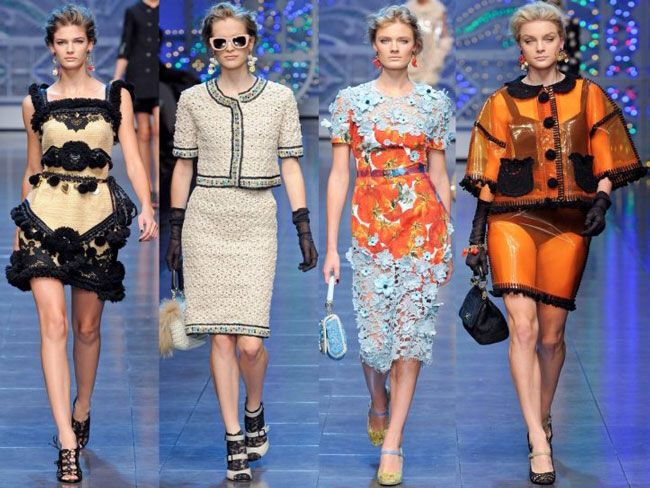
The Maison witnessed an accelerated growth in the 90s. They expanded their international reach by opening their first store in Japan. In this period they also started exporting products to the United States, and opened their first showroom there. The 90s also saw the launch of their men’s collection and the introduction of a perfume line.
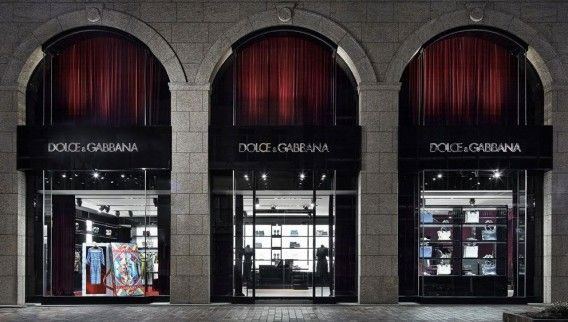
The Nineties saw an overflow of serious and somber fashion looks and Dolce & Gabbana provided a refreshing alternative with their crystal-encrusted clothing and trinket adorned lines. They soon became a popular choice for celebrities and awards ceremonies.
The Nineties was just an indication of the success and growth that was in store for this house. The brand got into a partnership with Madonna in the early 2000s which fuelled their popularity to new audiences. They expanded their product lines to accessories, cosmetics, and quite recently a line of small appliances.
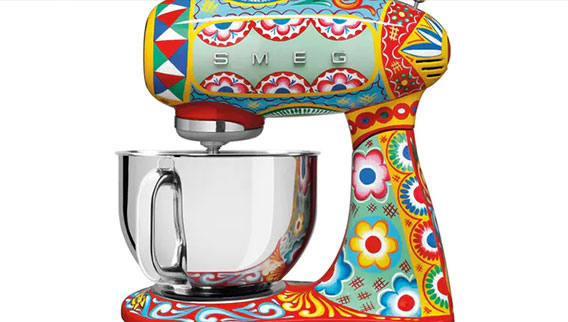
D&G are also renowned for their iconic and trademark styles that have been present and prominent in pop-culture for years. From the fantastic (yet racy) campaigns for their perfumes, to the glamorous ad-films of Gisele Bündchen who can’t leave without her D&G sunglasses, if there’s one thing this fashion house knows, it’s how to make a mark. One of their most popular trends, though, took off when they designed over a 1,000 costumes for Madonna’s World Tour ‘The Girlie Show’ in the ‘90s, after which there was no looking back. This feat also made them a good choice for costumes all over the world, leading to collaborations with famous pop icons, like Kylie Minogue.
While most luxury fashion houses have often come under the scanner for promoting unhealthy body images, or infamously catering solely to a few body types, Dolce & Gabbana doesn’t fall into that category at all. This is because the brand has, ever since the beginning, celebrated aspects of traditional Italian appearances and features, from curls to curves. This is what gave them the reputation of having ‘sexy styles’. Capturing the essence of the Mediterranean, the brand has been the topic of many a conversation and analysis, which discusses the nature of its faces. D&G campaigns promote models who symbolize the roots they come from. This is what creates the ‘sensual’ blend of a chaste white shirt with a stunningly sexy lace corset. This, in the eyes of both designers, is what makes the D&G female both, provocative, yet traditional. It allows them to play with their two favourite tools: Creativity and Versatility, which they use, like Dolce himself once said, to access the past and project it into the future.
Majority of their style comes from the more thriftshop-Bohemian roots of Italy’s film tradition, which adds luxury to the space with animal prints, chunkier pieces, and of course: statement accents. Both, Dolce and Gabbana claim to not cater to trends, but to style — making them a unique contributor to fashion, rather than fleeting popularity of what’s ‘in’. Throughout all of this, the strongest ethos is of the Sicilian Heritage which speaks through most of the fashion house’s pieces.
Their trademark styles include the now famous ‘innerwear-as-outerwear,’ made popular by their corsets and bra fastenings, pinstripe suits, and of course, anything extravagantly printed.
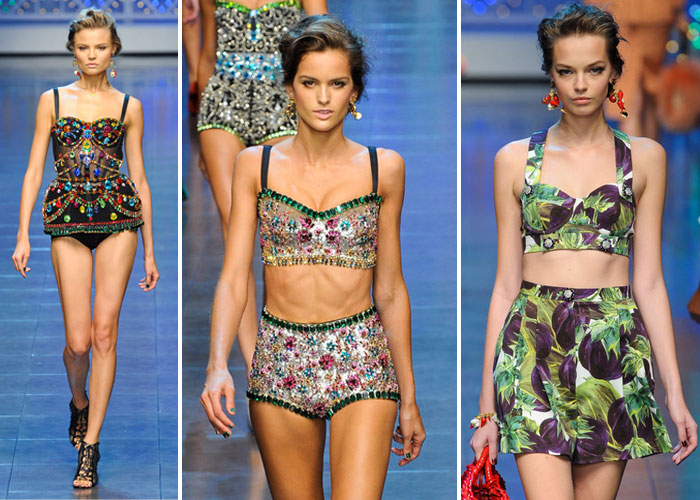
Even though they compete with bigger Italian fashion moguls like Armani and Versace, Dolce & Gabbana have successfully managed to carve a niche for themselves, which makes them stand out in an unmistakeable way.
The brand still stands strong amongst the top Luxury Houses with each collection connecting to its audiences by staying relevant and deep in their Italian roots.
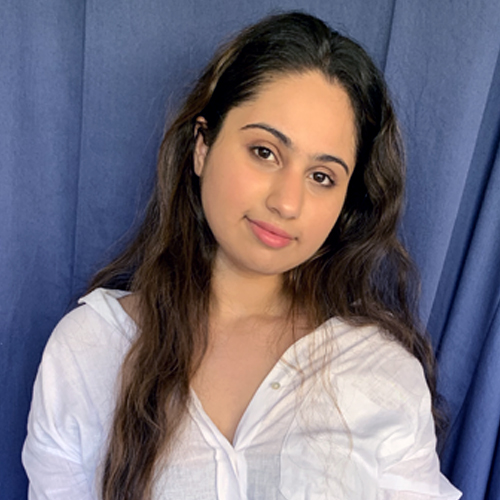 Harsheen Sethi
Harsheen Sethi


Comments
No comments yet.
Add Your Comment
Thank you, for commenting !!
Your comment is under moderation...
Keep reading luxury post